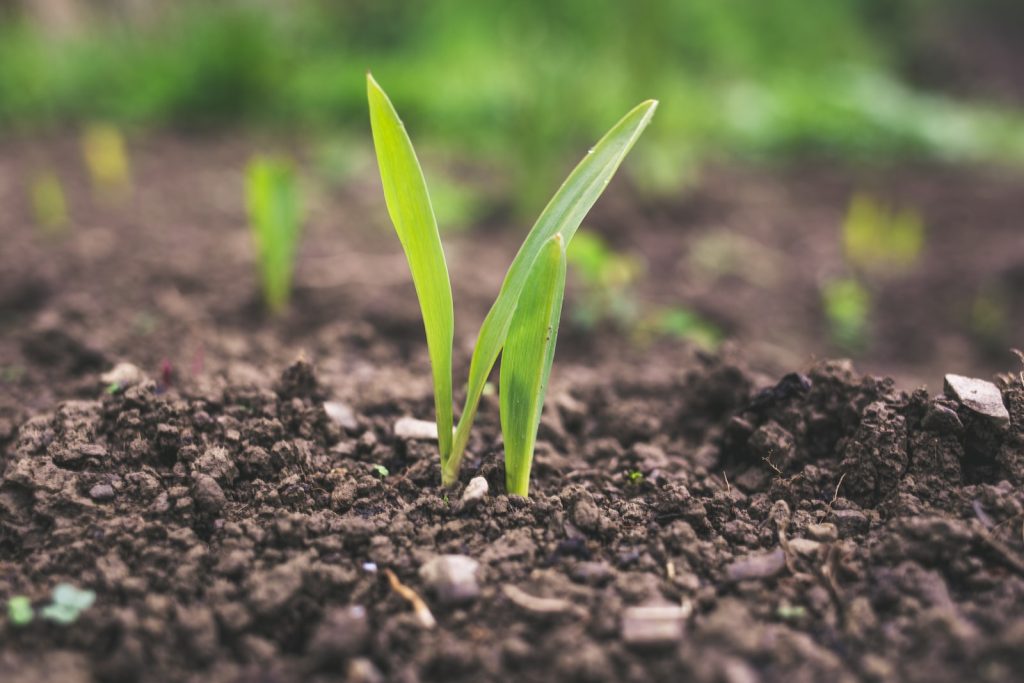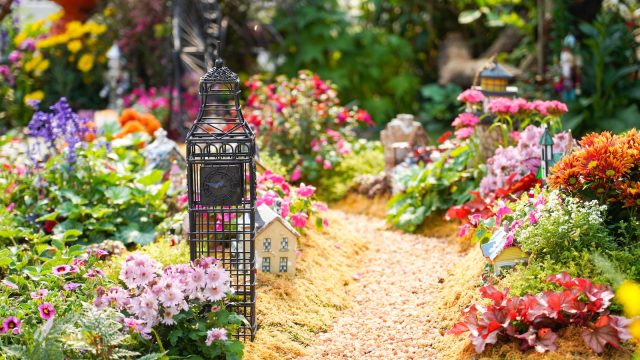Garden Plants
Having a beautiful garden is a dream that many homeowners have. Whether you are a gardening enthusiast or just starting out, selecting the right plants for your garden can be overwhelming. With so many options and varieties of plants, it’s important to understand what type of plants will best suit your garden environment. In this article, we’ll provide helpful tips and advice on choosing the right plants for your garden.
Types of Plants: Sun, Shade, Perennial
Whether you’re a green thumb or just starting out in the garden, knowing what type of plants to choose for your garden can be daunting. To ensure success and help you pick the right plants for your needs, it’s essential to understand the differences between sun, shade, and perennial varieties.
Sun-loving
Sun-loving plants require at least 6 hours of direct sunlight daily to thrive. This includes flowers like marigolds and zinnias and vegetables like peppers and tomatoes. One type of sun-loving plant popular among home gardeners is flowering annuals like marigolds, petunias, and cosmos. Their bright colors make them cheerful additions to gardens, and their blooms last all season long with just a bit of maintenance, such as deadheading spent flowers. For a classic look, many people opt for roses that come in various colors and sizes to fit any landscape design.
Shade-loving
Shade-loving plants are essential for gardens that don’t get a lot of direct sunlight. Shade plants need only a few hours of sunlight per day, but their growth is often stunted if they get too much sun exposure. Knowing which types of plants will thrive in the shade is key to having a beautiful garden all year round. When choosing the right plants for your garden, several factors must be considered.
The type of soil in your garden and its pH level should be determined before selecting shade-loving plants. This will help you choose species that can grow optimally in the environment you have created. Additionally, understanding what kind of light exposure your garden receives is important when determining which plant varieties will thrive in it. If certain parts of your garden experience full or partial sun throughout the day, specific species may be suitable, whereas others may not survive at all if they receive too much direct sunlight. Common shade-friendly species include hostas, ferns, astilbes, impatiens, and coleus.
Perennial
Perennial plants come back year after year and require varying amounts of sunlight depending on the specific type. Perennials have come back year after year and offer some of the best flowers and foliage any garden could hope for. It would help to consider a few things when selecting which perennials are best for you and your garden. First, take into account what type of climate or season your perennials will need in order to thrive. Different perennials may require different amounts of light, water, and soil types, so it is essential to research each one before planting them in your garden. Another thing to remember is how long each particular species will last; some may die off after only one year, while others could last up to five years or more!
Climate Considerations
Choosing the right plants for your garden can be tricky. Knowing what plants grow best in your climate is essential to a successful and beautiful garden. However, many don’t know how to choose the perfect plants for their environment. Fortunately, a few key considerations will help you pick the best plants for your specific climate. Climate significantly impacts plant growth, so selecting species well suited to your area’s climatic conditions is important. This means researching average annual temperatures and rainfall during different times of the year and local soil qualities like acidity and moisture retention levels. Additionally, make sure you understand which kinds of pests or diseases may occur in your region and choose accordingly.
Soil Conditions

The soil conditions are the foundation of any successful endeavor. Without healthy soil, plants can suffer from poor growth and even die from a lack of nutrients. Choosing the right plants for your garden is essential in creating an environment where plants can thrive. The first step in determining which plants will be successful in your garden is to become familiar with the soil type and its characteristics. Soil comes in various types, such as sandy, loamy, or clay-like, and each requires different levels of drainage and nutrient availability. By understanding what type of soil you have on hand, you can better choose which species of plants are best suited for that particular environment. Check out our article on garden soil!
Plant Nutrition
Knowing which plants require more sun or shade and how much water each type needs is just the start when it comes to understanding proper plant nutrition. Picking the right fertilizer for your plants is also essential in helping them thrive. The three main macronutrients in fertilizer include nitrogen, phosphorus, and potassium. All three are necessary for healthy growth but in different amounts depending on the plant species. Additionally, micronutrients can help supplement a garden’s soil quality if needed; these include iron, magnesium, calcium, and sulfur.
Plant Maintenance
One crucial factor to consider when choosing plants is whether they require a lot of maintenance or not. Certain plant species are known as high-maintenance and require frequent pruning and fertilizing, while others can survive with minimal care. To maximize your success in selecting the right plants, it helps to read up on different types of plants available and research each type’s specific needs so you can choose those that are easier to maintain. This may mean avoiding exotic or tropical varieties altogether since these tend to be more fragile than native ones.
Enjoy the Benefits
Planting a garden is an exciting and rewarding experience but can also be intimidating. Now that you have learned about the various garden planting aspects, it’s time to enjoy the benefits!
Choosing plants for your garden will bring beauty and color to your outdoor space. It can also help improve air quality, provide food sources for wildlife, reduce noise levels from nearby roads or highways, and even increase property values. Planting various flowers and shrubs can make all the difference in transforming an ordinary backyard into a lush oasis.






























